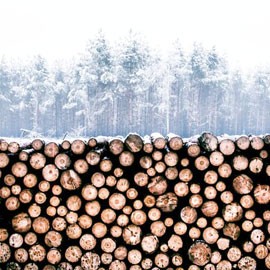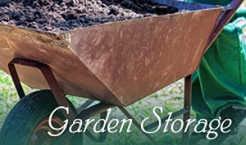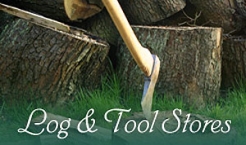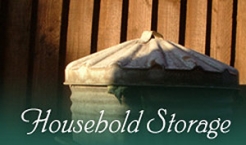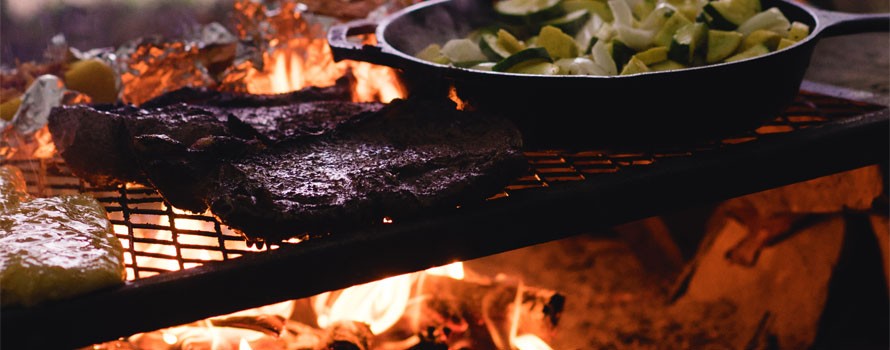

Cooking with wood - Using your stove to the maximum
It has probably crossed your mind that the heat emanating from your wood burning stove could be used for other things, along with heating your home
Cooking on top of your burner is a definite possibility if the appliance is suitable. Going even further, you may find yourself exploring the wide variety of range cookers available. The difference between the two approaches really comes down to how serious you are about cooking with solid fuels.
How can I cook on top of my wood burning stove?
Many models have a flat surface or circular plate on the top that allows for a kettle or pot to sit and absorb heat from the fire below. This can be a satisfying way to utilise the heat that is available for an additional purpose. Stove top users say that each stove is different and therefore it will take some time to learn how your particular model heats items placed on top of it. Regular users often find that they eventually progress from just boiling water to heating a pot of soup, and gradually worked their way up to more complicated cuisine, such as slow-cooked meat dishes.
What do I need to know about cooking on a wood stove?
Many recommend cast iron pots for use on top of the stove, with the traditional Dutch oven being highly regarded as a great way to hold heat for long periods of time. Methods to control the heat include the use of cast iron or metal trivets between the pot and the stove top. These will range in thickness, to diminish harsher burning heat and allow for air flow. The area closest to the flue, in the centre, will usually be the hottest. Temperatures will decrease as you move the pot outwards. It is suggested that you experiment with water to see which part of the stove is hotter, and go from there.
